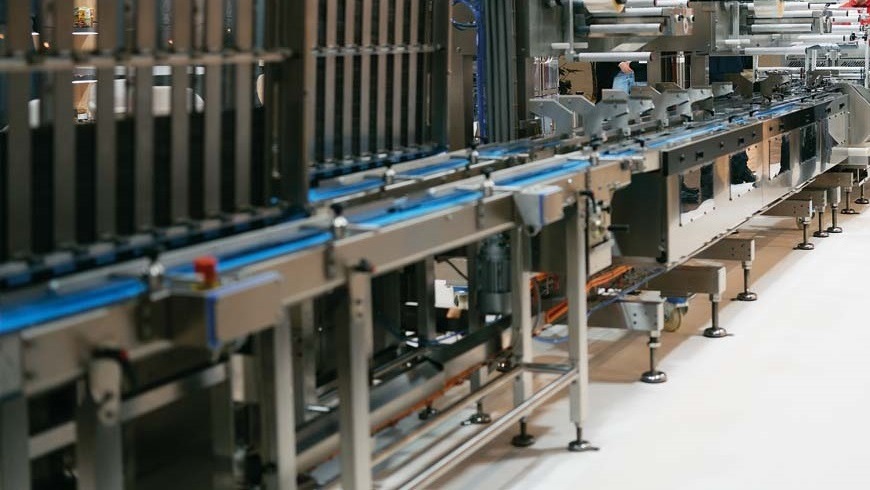
Proper maintenance of conveyor systems is essential for ensuring their efficiency, longevity, and safety. In the food and beverage industry, where hygiene and reliability are paramount, maintaining these systems becomes even more critical. This article outlines the best practices and strategies for maintaining conveyor systems to keep them running smoothly and efficiently.
Regular Inspection and Monitoring
- Routine Inspections: Conduct regular inspections to identify any wear and tear, misalignment, or potential issues. Check belts, rollers, pulleys, and other components for signs of damage or wear.
- Monitoring Systems: Utilize monitoring systems equipped with sensors to track the performance and condition of the conveyor. These systems can provide real-time data and alerts for any irregularities, allowing for timely intervention.
Cleaning and Hygiene
- Scheduled Cleaning: Establish a regular cleaning schedule to prevent the buildup of debris, grease, and other contaminants. Use appropriate cleaning agents and tools that comply with industry hygiene standards.
- Sanitation Protocols: Implement stringent sanitation protocols, especially for conveyor systems handling food products. Ensure that all parts of the conveyor, including hard-to-reach areas, are thoroughly cleaned and sanitized.
Lubrication and Component Care
- Proper Lubrication: Regularly lubricate moving parts such as bearings, chains, and rollers to reduce friction and wear. Use the correct type of lubricant as specified by the manufacturer.
- Component Replacement: Replace worn or damaged components promptly to avoid further damage to the system. Keep an inventory of critical spare parts to minimize downtime during replacements.
Alignment and Tensioning
- Belt Alignment: Ensure that conveyor belts are properly aligned to prevent uneven wear and potential damage. Misaligned belts can cause excessive wear on edges and reduce the overall lifespan of the belt.
- Belt Tensioning: Maintain the correct tension of conveyor belts. Over-tensioning can cause excessive wear on the belt and pulleys, while under-tensioning can lead to slippage and inefficient operation.
Safety Checks
- Safety Devices: Regularly check the functionality of safety devices such as emergency stops, safety guards, and light curtains. Ensure that these devices are in good working condition and comply with safety regulations.
- Employee Training: Train employees on the proper use and maintenance of conveyor systems. Emphasize the importance of following safety protocols and reporting any issues immediately.
Documentation and Maintenance Records
- Maintenance Logs: Keep detailed maintenance logs documenting all inspections, cleaning, lubrication, and component replacements. This helps in tracking the maintenance history and identifying recurring issues.
- Service Manuals: Refer to the manufacturer's service manuals for specific maintenance guidelines and recommended schedules. Adherence to these guidelines ensures that maintenance is performed correctly and thoroughly.
Predictive and Preventive Maintenance
- Preventive Maintenance: Implement a preventive maintenance program that schedules regular maintenance tasks based on time intervals or usage metrics. This proactive approach helps prevent unexpected breakdowns and extends the lifespan of the conveyor system.
- Predictive Maintenance: Utilize predictive maintenance techniques, such as vibration analysis and thermal imaging, to identify potential issues before they lead to failures. Predictive maintenance relies on data collected from monitoring systems to forecast when maintenance should be performed.
Learn how to maintain conveyor systems effectively
Maintaining conveyor systems is crucial for ensuring their optimal performance and longevity, particularly in the food and beverage industry where hygiene and reliability are critical. By following regular inspection routines, maintaining proper cleaning and lubrication practices, ensuring correct alignment and tensioning, performing safety checks, and implementing preventive and predictive maintenance programs, you can keep your conveyor systems running smoothly and efficiently. Proper maintenance not only minimizes downtime and repair costs but also ensures the safety and quality of your products.
